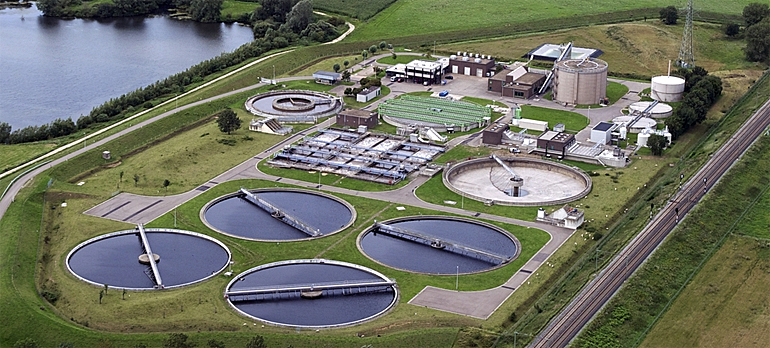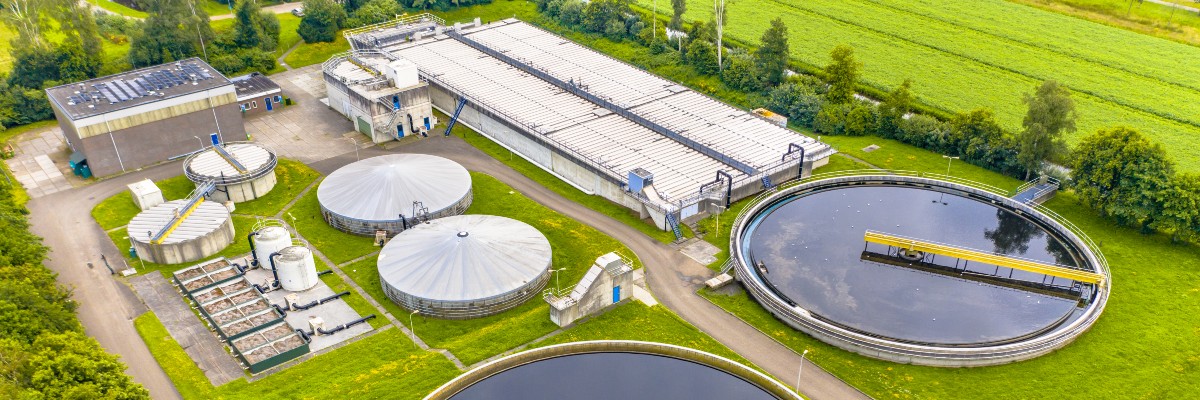Understanding the Importance of Proper Wastewater Management
Wiki Article
Comprehending Wastewater Therapy Processes and Their Environmental Effect
The intricacies of wastewater therapy procedures play an essential role in mitigating environmental obstacles associated with water contamination. Each phase, from preliminary to sophisticated therapies, is created to address certain impurities, ultimately securing both public wellness and aquatic environments. Regardless of technological improvements in therapy performance, significant challenges continue, consisting of the monitoring of recurring toxins and the implications of nutrient runoff. As we explore the complexities of these processes, it ends up being vital to question how far current approaches can develop to satisfy the growing demands of sustainability and environmental preservation.Review of Wastewater Therapy
Exactly how is wastewater transformed right into a secure source for the environment? Wastewater treatment is a crucial process designed to get rid of impurities from utilized water, thus protecting public health and shielding environments. This procedure begins with the collection of wastewater from domestic, commercial, and industrial sources, which is then routed to therapy centers.At these centers, different physical, chemical, and organic techniques are employed to deal with the wastewater. Initial testing eliminates big particles, complied with by sedimentation to separate much heavier solids. Subsequently, organic treatments, such as turned on sludge processes, make use of microorganisms to damage down raw material. These techniques not just decrease toxin levels yet likewise promote the healing of valuable nutrients.
The treated effluent can be securely released right into all-natural water bodies or recycled for watering and industrial functions, advertising resource conservation. In addition, the therapy procedure produces biosolids, which can be repurposed as plant foods or dirt changes, additionally boosting sustainability.
Stages of Treatment Procedures
The wastewater therapy process commonly includes three main phases: initial, primary, and additional therapy. Each phase serves an unique duty in reducing the contaminant tons and ensuring the effluent meets environmental requirements prior to discharge.
The primary treatment phase concentrates on the physical splitting up of put on hold solids from the wastewater. With sedimentation, much heavier bits clear up at the end of sedimentation storage tanks, developing sludge, while lighter materials, such as oils and greases, float to the surface and are skimmed off. This process considerably decreases the organic and inorganic lots in the wastewater.
Second therapy is an organic procedure focused on additional decreasing the concentration of raw material. Numerous techniques, including activated sludge systems and dripping filters, utilize microorganisms to metabolize natural toxins. This stage is vital for achieving the necessary biochemical oxygen need (BODY) decrease, inevitably resulting in cleaner effluent all set for discharge or additional therapy. Each stage is critical in safeguarding ecological and public health.

Advanced Therapy Technologies
Complying with the second treatment procedures, advanced therapy technologies play an essential role in more boosting the quality of dealt with wastewater. These technologies are created to remove residual impurities that are not efficiently removed during main and secondary therapies, guaranteeing the effluent fulfills stringent regulative criteria.Among the commonly made use of advanced treatment techniques are membrane news purification, reverse osmosis, and advanced oxidation processes. Membrane purification, consisting of microfiltration and ultrafiltration, works in separating great fragments, pathogens, and colloids from the water (Wastewater). Reverse osmosis makes use of semi-permeable membranes to eliminate liquified solids, causing top quality water appropriate their website for numerous applications
Advanced oxidation procedures (AOPs) employ strong oxidants to deteriorate organic toxins, including drugs and individual treatment items that are resistant to conventional treatment. These techniques boost the biodegradability of complicated substances, promoting their elimination.
An additional substantial technology is using biological nutrient removal processes, which especially target nitrogen and phosphorus, avoiding eutrophication in getting water bodies. In general, sophisticated treatment innovations are necessary for attaining greater degrees of purification, advertising water reuse, and securing public wellness while resolving the obstacles connected with wastewater administration.
Environmental Benefits of Treatment
Countless ecological benefits develop from efficient wastewater treatment processes that add to ecosystem wellness and sustainability. Mostly, these procedures considerably decrease the release of unsafe toxins right into natural water bodies, which helps keep water environments. By eliminating contaminants such as hefty metals, nutrients, and pathogens, dealt with wastewater minimizes the risk of waterborne diseases and advertises biodiversity in marine settings.Additionally, wastewater treatment centers commonly utilize advanced technologies that make it possible for water recycling and reuse. This method not only preserves freshwater sources but additionally minimizes the demand on all-natural water products. Boosted nutrient removal from wastewater can additionally avoid eutrophication, a procedure that results in algal blossoms and more subsequent oxygen deficiency in water systems.
In addition, efficient treatment procedures can minimize greenhouse gas discharges, particularly methane and nitrous oxide, which are often launched throughout without treatment wastewater decomposition. By catching and making use of biogas from anaerobic digesters, facilities can transform waste right into renewable resource, consequently adding to a reduction in fossil gas dependence.
Difficulties and Future Fads
While the ecological benefits of wastewater therapy are clear, numerous challenges continue that prevent optimal results in this area. One significant issue is aging framework, which typically brings about inefficiencies and enhanced functional prices - Wastewater. Many treatment plants were created years earlier, and their capabilities do not line up with modern-day needs, that include stricter regulatory requirements and greater quantities of wastewater as a result of urbanization
Looking ahead, there is an expanding focus on resource recuperation and circular economy concepts within wastewater treatment. Developments such as anaerobic food digestion, which can create biogas, and progressed purification modern technologies are acquiring traction. These approaches not only improve therapy effectiveness but additionally promote sustainability.
Ultimately, resolving these difficulties requires cooperation among stakeholders, financial investment in innovation, and a commitment to recurring research study. By welcoming these patterns, the wastewater therapy market can evolve to fulfill the demands of a transforming environment and culture.
Conclusion
In verdict, wastewater therapy processes play a crucial duty in enhancing ecological quality and public health. The multi-stage therapy framework, coupled with advanced innovations, successfully alleviates air pollution and advertises lasting water monitoring.Report this wiki page